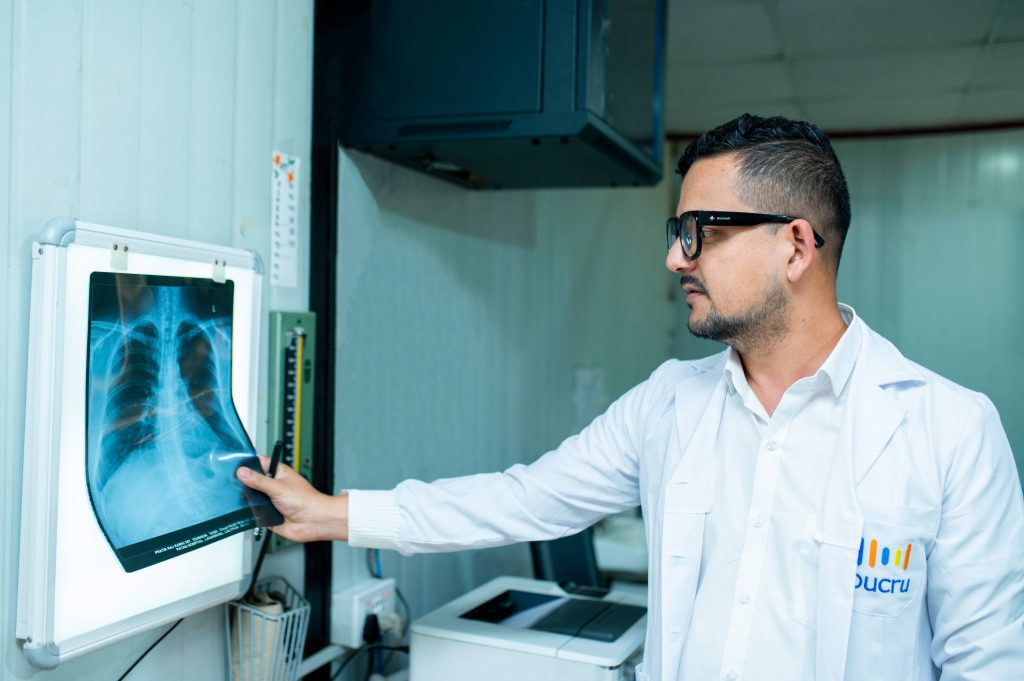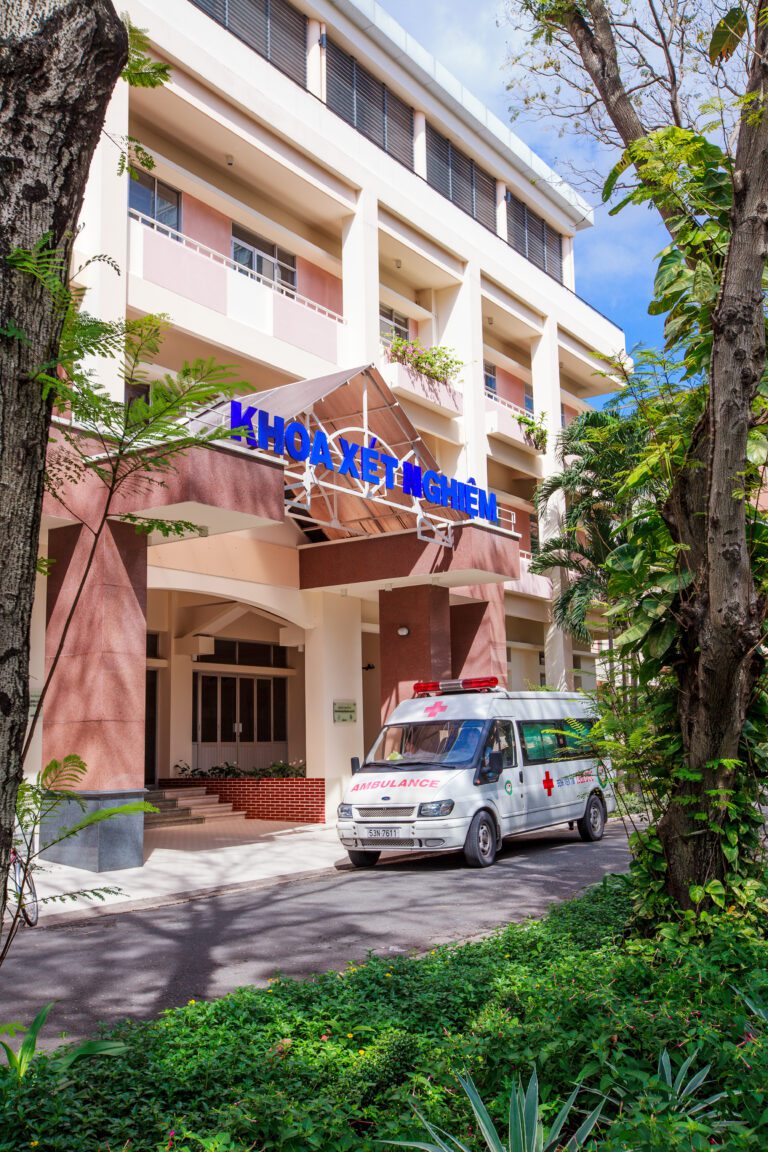
Tuberculosis as a Global Health Threat
Tuberculosis (TB) remains a significant global health threat, with progress in controlling the disease disrupted by the COVID-19 pandemic. In 2021, TB claimed 10.6 million lives, while over 1.6 million people fell ill.
The global burden of TB is disproportionately concentrated in 30 countries with limited resources, where 90% of cases occur. This uneven distribution is likely influenced by a complex interplay of factors, including the infected and susceptible individuals, characteristics of TB bacteria, environmental conditions, and socioeconomic factors like poverty.
According to the Ministry of Health, Vietnam ranks 16th out of 30 countries for drug-susceptible TB (DS-TB) cases, and 13th globally for the highest burden of multidrug-resistant TB (MDR-TB). A deeper understanding of the factors influencing TB and MDR-TB is crucial for disease control.
TB in Ho Chi Minh City: Who’s Most Vulnerable?
This study examined TB patients treated at state-owned hospitals in 23 Ho Chi Minh City districts from January 2020 to April 2023. The researchers analysed detailed information about individual TB cases in the city, including patient demographics and disease characteristics. They also examined district-level data to identify factors that might contribute to the spread of TB in different parts of the city.
Analysis from January 2020 to April 2023 revealed 36,089 people registered for DS-TB treatment in Ho Chi Minh City, with 1,451 cases of MDR-TB (excluding cases involving people living outside the city).
Most cases were male (67.7%) and lived in urban areas (81%). The average age was 45. About 5% also had HIV. Nearly 32,000 cases never had TB before, while 5,516 had a history of the disease. Among those getting MDR-TB treatment, 2% got TB for the first time, and 14% had had TB in the past.

Mapping the Uneven Distribution of TB
Most DS-TB and MDR-TB cases occurred in middle-aged men, and the burden increased with age. This is consistent with the results of Vietnam’s second national TB prevalence survey and other studies.
The study identified central Ho Chi Minh City as a hotspot for both DS-TB and MDR-TB, while the northern area witnessed notably lower cases.
The number of TB cases varied greatly across districts for both types. DS-TB cases were mainly concentrated in central districts, with prevalence rates varying in the surrounding areas. In contrast, MDR cases tended to cluster in areas with already high TB cases, indicating a more consistent distributing pattern.
Differences between men and women in both types of TB show how biology, behaviour, and the environment all play a role. There is a link between HIV levels and TB cases, even in areas with relatively low HIV rates.
Conclusion
The study found that the estimated rate of both DS-TB and MDR in Ho Chi Minh City was much lower than the WHO’s estimate for Vietnam. This was surprising because Ho Chi Minh City is known for having high TB rates in Vietnam. This is likely due to underreporting of TB, as many people with TB may be undiagnosed.
Moreover, the study showed that estimates of poverty within districts were not significantly linked to the rates of TB. Instead, gender and HIV prevalence were more closely linked to the disease burden.
Written by Thanh Nhan for Tia Sang Magasine





